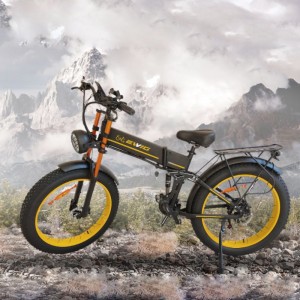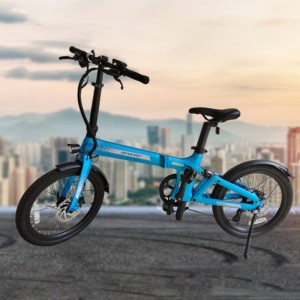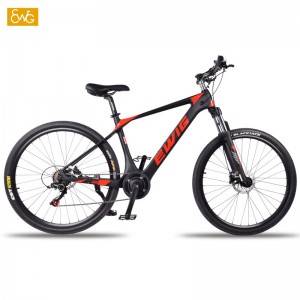Carbon frames can suffer damage in a car accident or they can be damaged when a person takes their bike in for repair. Too-tight bolts can also cause damage. Unfortunately, internal damage to a bike’s frame may not always be visible to riders. This is where carbon fiber bikes are particularly dangerous. While aluminum, steel, and titanium bikes can suffer material failure, problems with the material are usually detectable. Something as simple as a hard blow to the bike can create fissures. Over time, the damage spreads throughout the frame and the frame can shatter without warning.To make matters more complicated, in order to know if your carbon fiber bike is damaged, you’ll need to have the bike X-rayed.
More lawyers across the country are seeing cases where people have been seriously injured in carbon fiber bike failures. Outside reports that carbon fiber, when it is properly constructed, tends to be quite durable. However, when carbon fiber isn’t manufactured properly, it can suffer failures.
X-ray to check the carbon fiber frame
If there are no outward signs of damage in-terms of any splits, cracks or other impact damage to the frame or fork. There can be cases of carbon fibre being damaged and not showing any external signs of such. The only way to be absolutely sure would be to x-ray the frame. Removed the fork from the bike to check the head-tube area of the frame and steerer tube of the fork and they both show no signs of damage. As far as we can tell from the inspections carried out in-store, this frame and fork is safe to ride, however we would reccomend regular inspection of the frame and fork to monitor the condition of both. If any cracks or splits develop in the structure of the frame or fork, or if any audible noises are heard coming from the frame when riding, including but not limited to creaking, or squeaking noises, we would recommend to immediately stop using the bike and return it to bike manufacturers for inspection.
Make sure the tire is in good shape
After the bars, check that the front wheel is still securely fastened in the fork and the quick release hasn’t opened or loosened. Spin the wheel to check that it’s still true. Make sure the tire is in good shape, with no cuts, bald spots or sidewall damage caused by the impact or skidding.
If the wheel got bent, you’ll want to true it as best you can so that you can still ride. Unless it’s bad, you can often open the brake quick release to provide enough clearance to get home on the bad wheel. But be sure to check the front brake to see if it still works. If it’s compromised, brake mostly with the rear until you get the front wheel fixed.
An easy trick for wheel truing is to find the wobble and then pluck the spokes in that area. If one makes a plunk instead of a ping, it’s loose. Tighten it until it makes the same high pitched ping as the other spokes when plucked, and your wheel will be significantly truer and stronger.
Make sure to check the brake
While checking the brake, note that in many crashes the front wheel swings around, slamming the brake-arm adjusting barrel into the frame’s down tube. If it hits hard enough, the brake arm can get bent, which can compromise the braking. It can also damage the down tube, though that’s not as common. The brake will usually still work, but you’ll want to remove it and straighten the arm when you do your post-crash tune-up. Check the cable adjusting barrel, too, since that can bend and break, as well.
Check the seat post and pedal
When a bike hits the ground, the side of the seat and one pedal often take the brunt of the impact. It’s also possible to break them. Look closely for scratches or scrapes and make sure the seat is still strong enough to support you if you plan to ride home. Ditto for the pedal. If either got bent, you’ll want to replace them.
Check the drivetrain
Usually rear brakes escape injury, but if its lever was knocked off, make sure the brake is still working nicely.Then run through the gears to check theshifting and make sure nothing got bent. The rear derailleur hanger is especially susceptible to crash damage. The rear shifting will be out of whack if the hanger got bent. You can also tell if it’s bent by sighting from behind to see if an imaginary line that passes through both derailleur pulleys also bisects the cassette cog they’re beneath. If not, the derailleur or the hanger got bent and will need to be fixed. If you decide to ride home on it, shift gingerly and avoid your lowest gear or you could shift into the spokes.
If the bike was hit by car, the first rule is to wait until you’re ready before checking out your bike and gear post-crash. If you don't know how to check pls go to repaird shop one time. Riding safety is more important than anything
Learn more about Ewig products
Post time: Dec-17-2021



